WWII August 1944 Operation Dragoon (D-Day Invasion of Southern France) Handmade British Liberation Flag
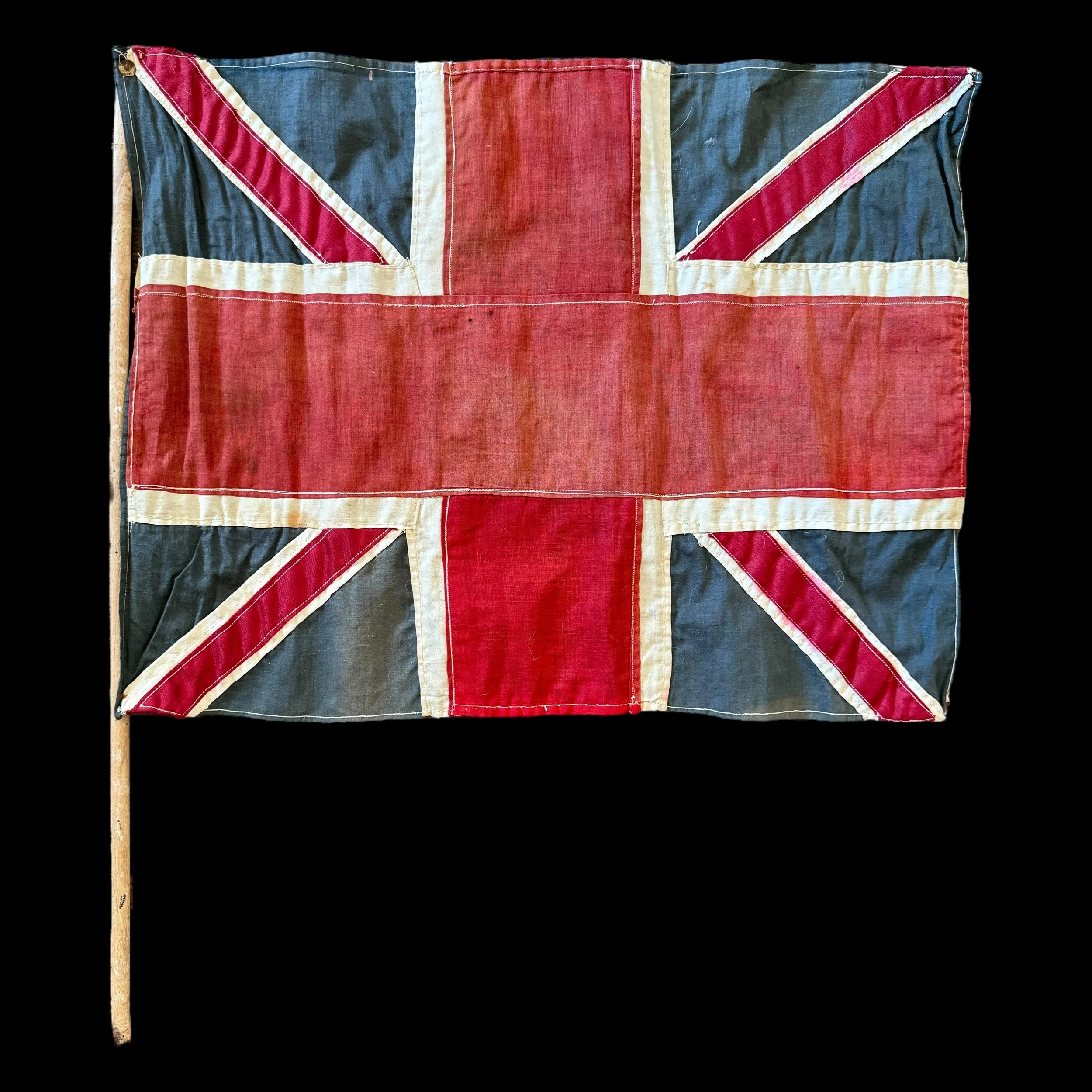

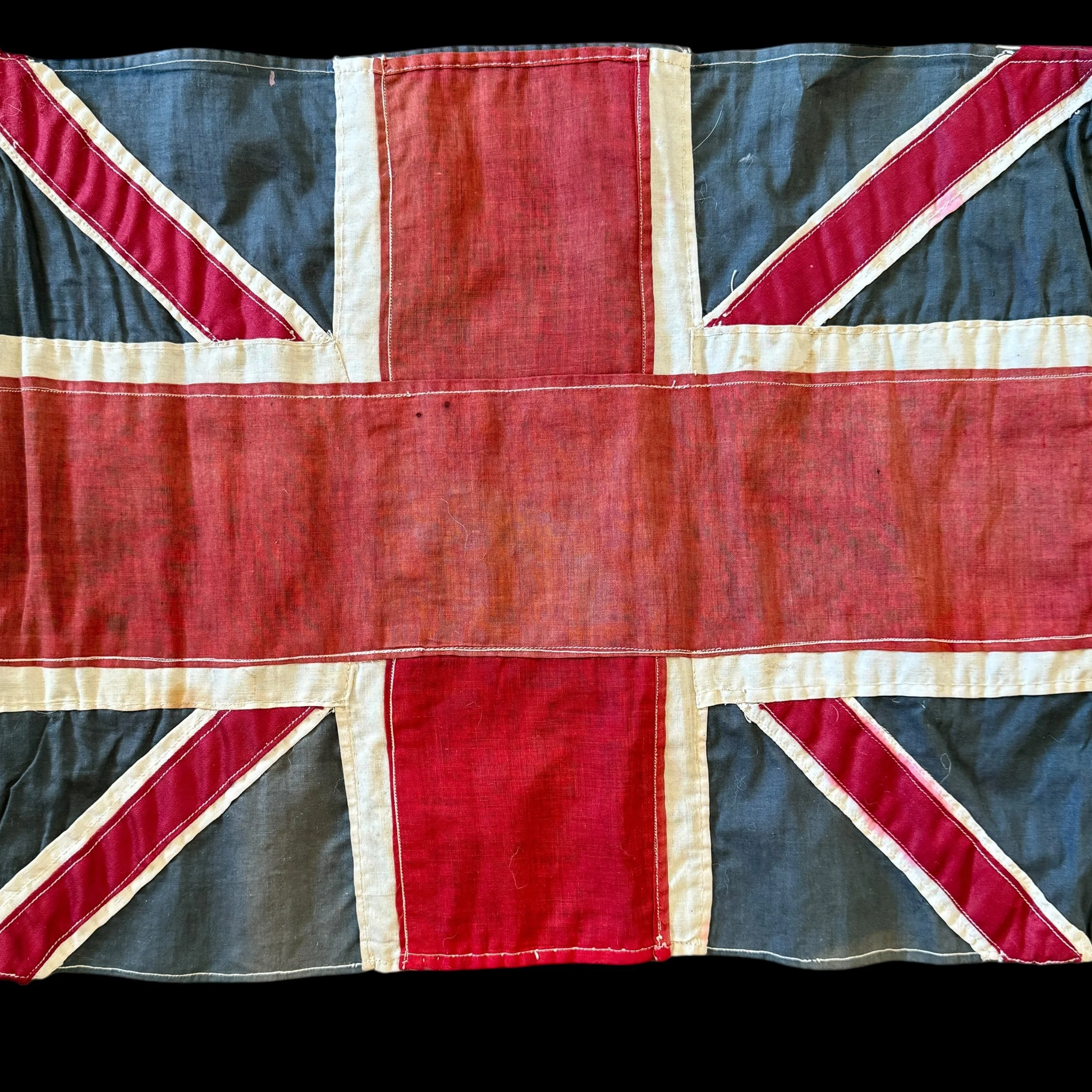
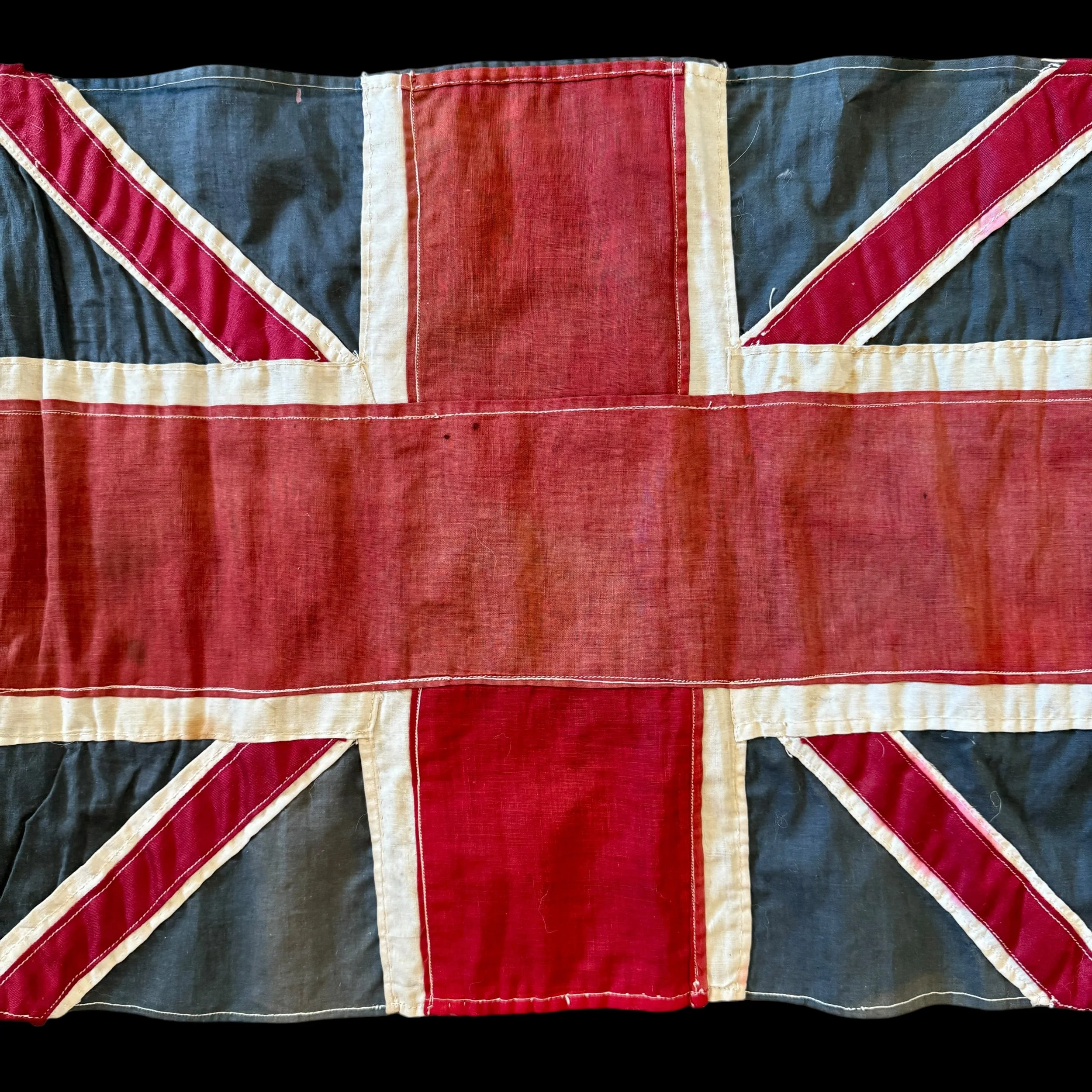

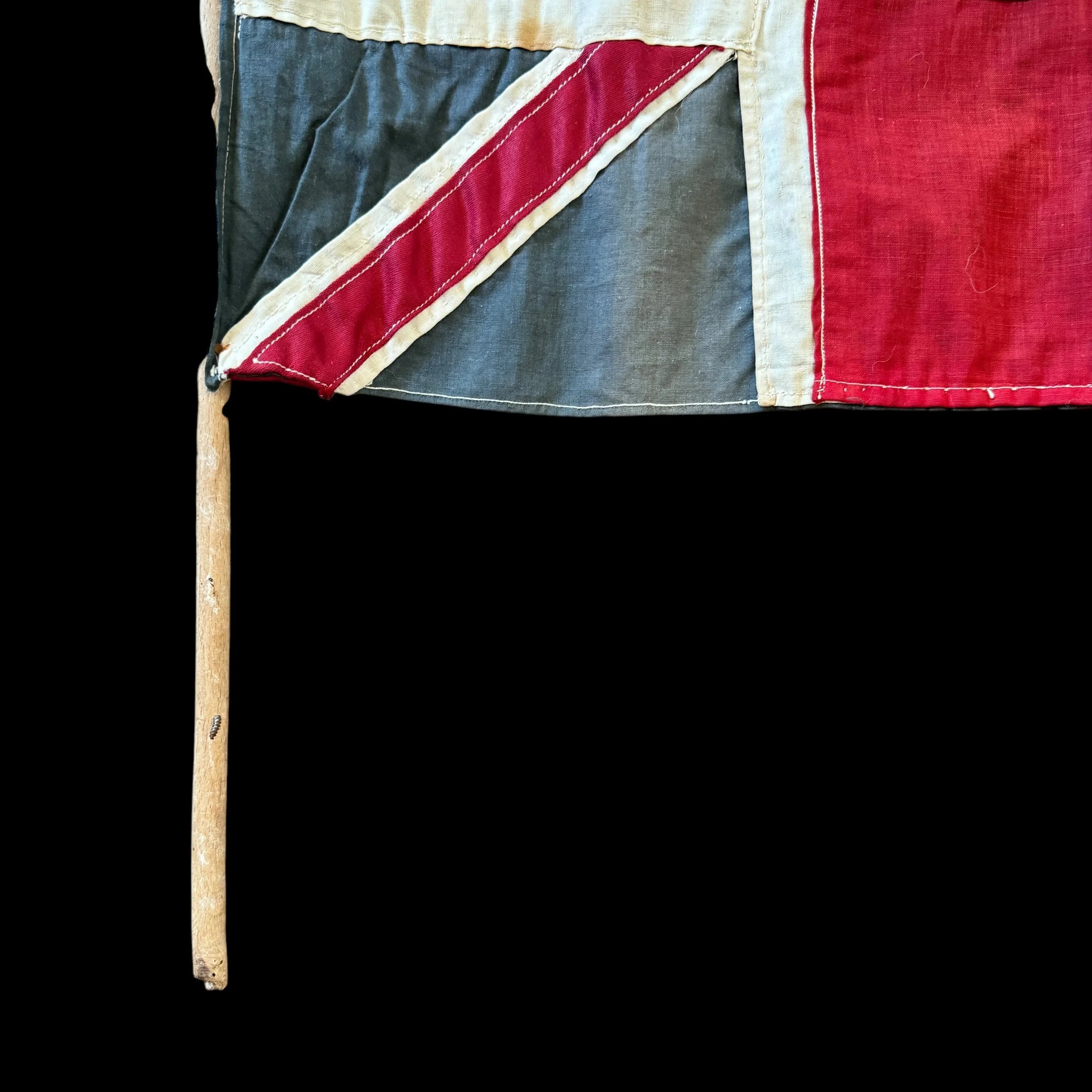
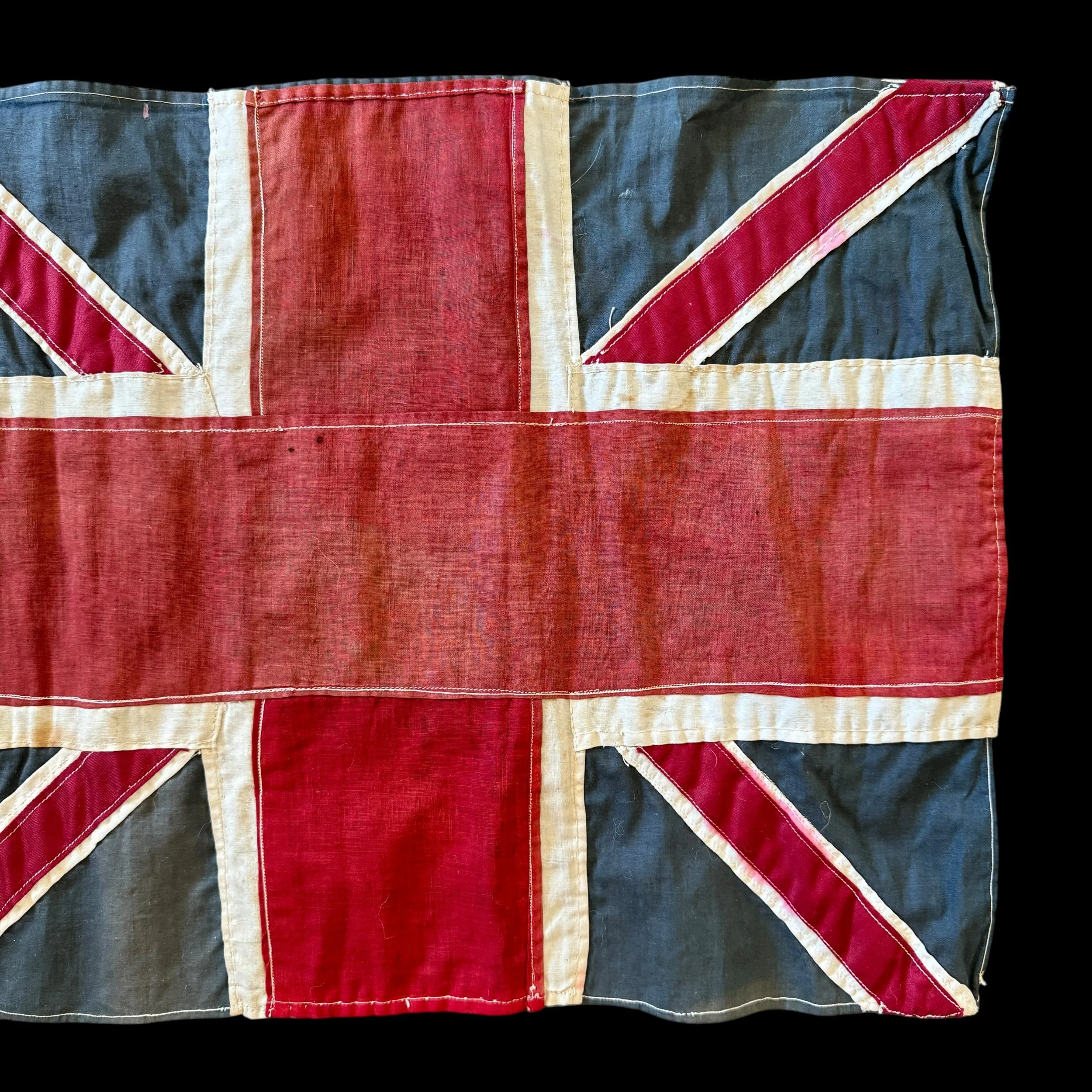
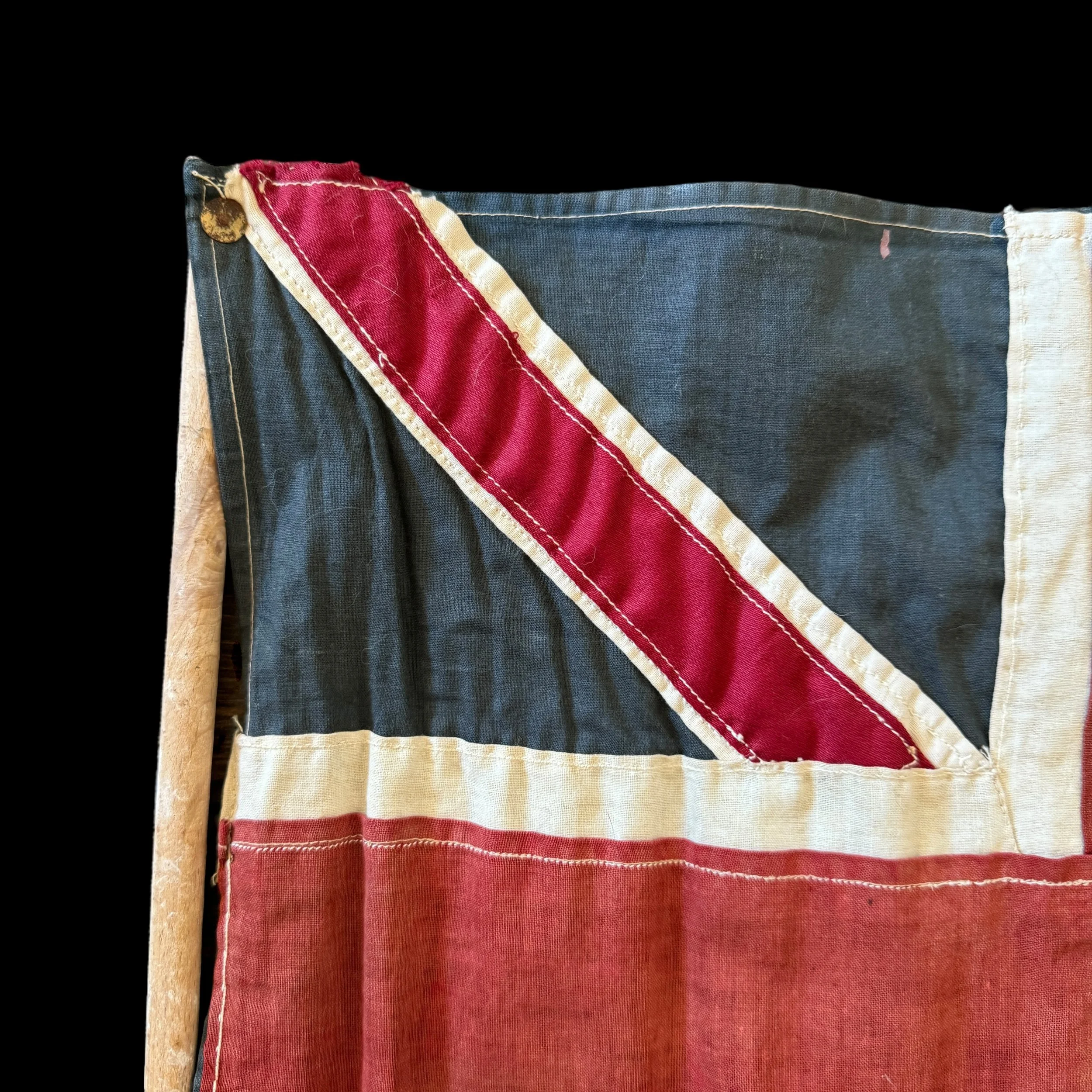
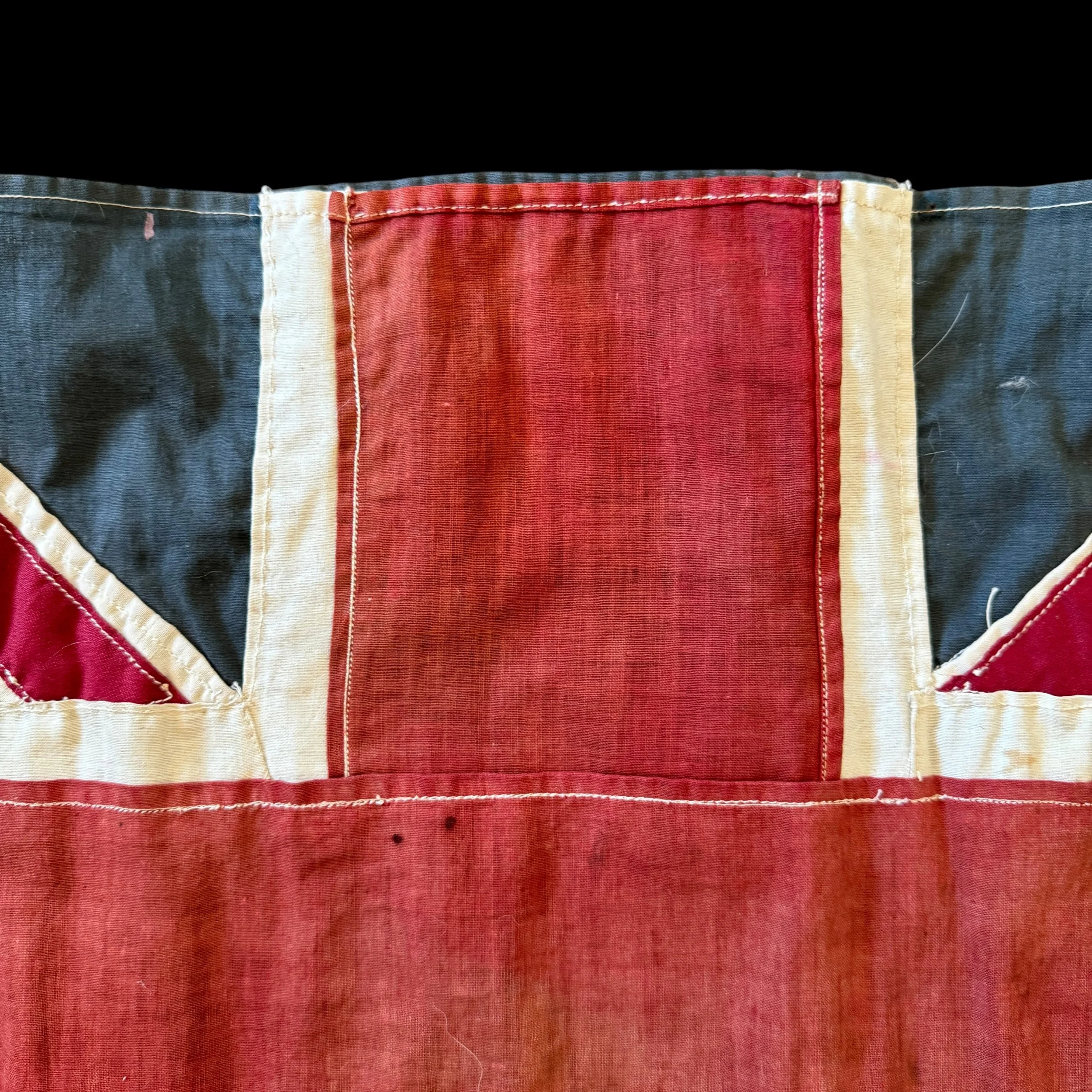
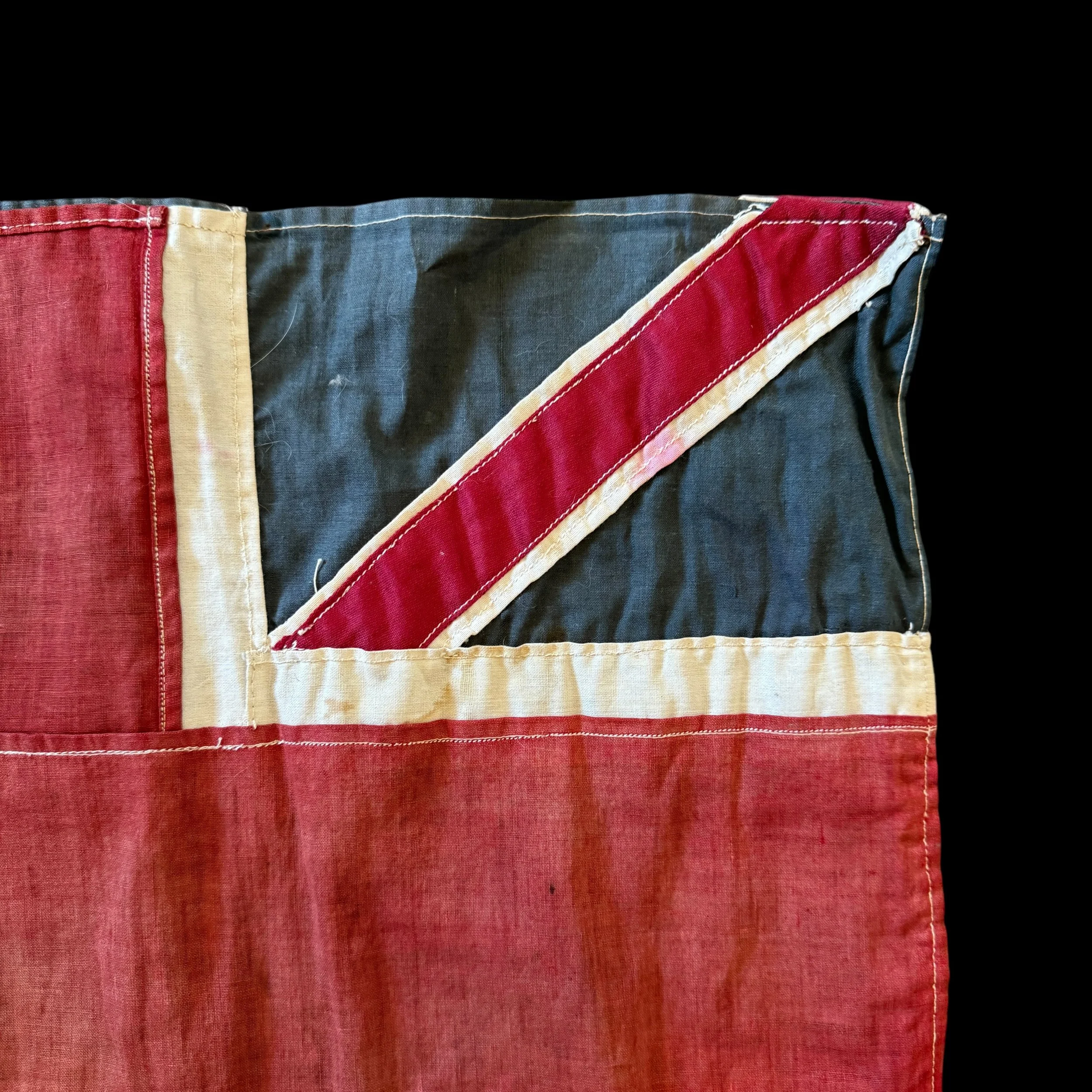
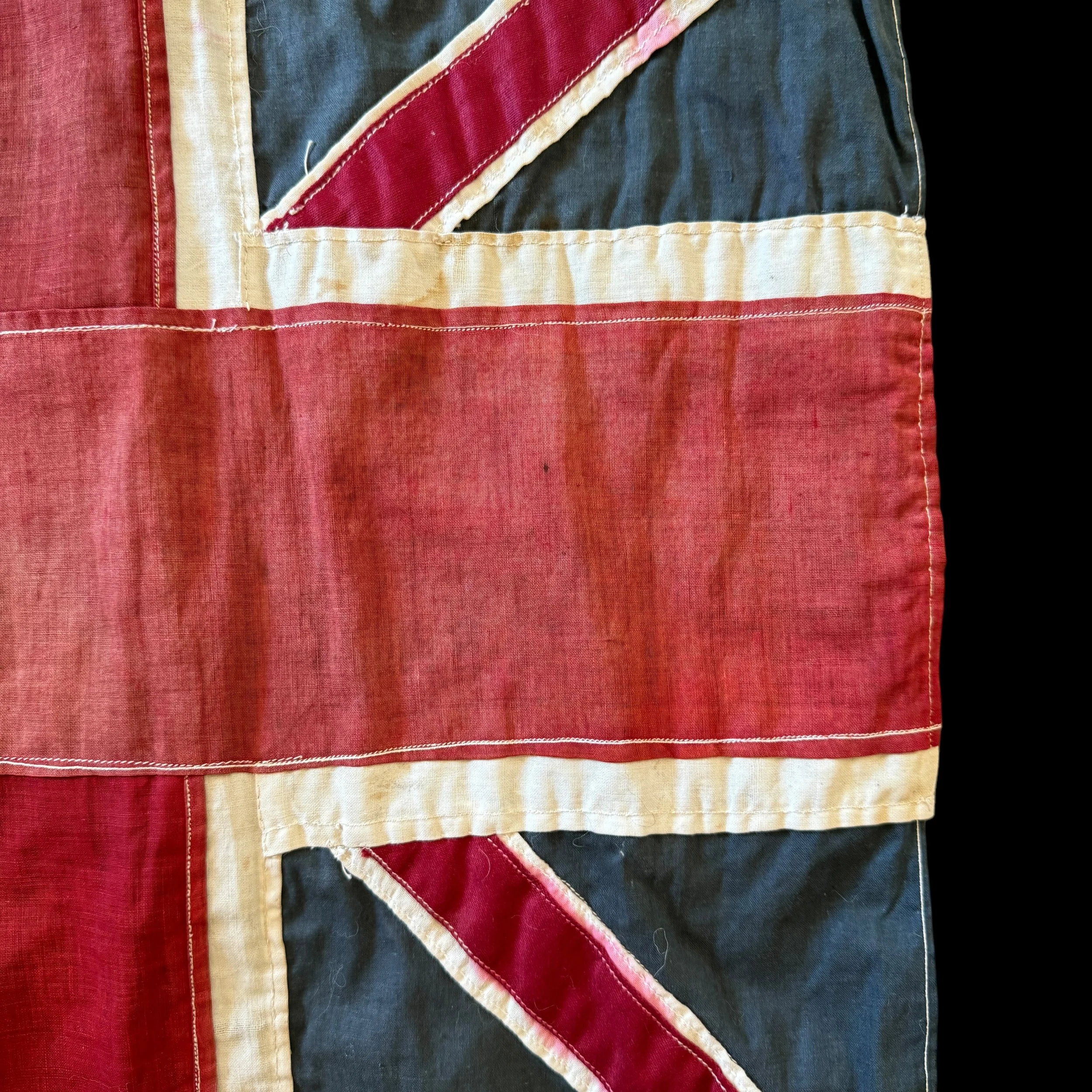
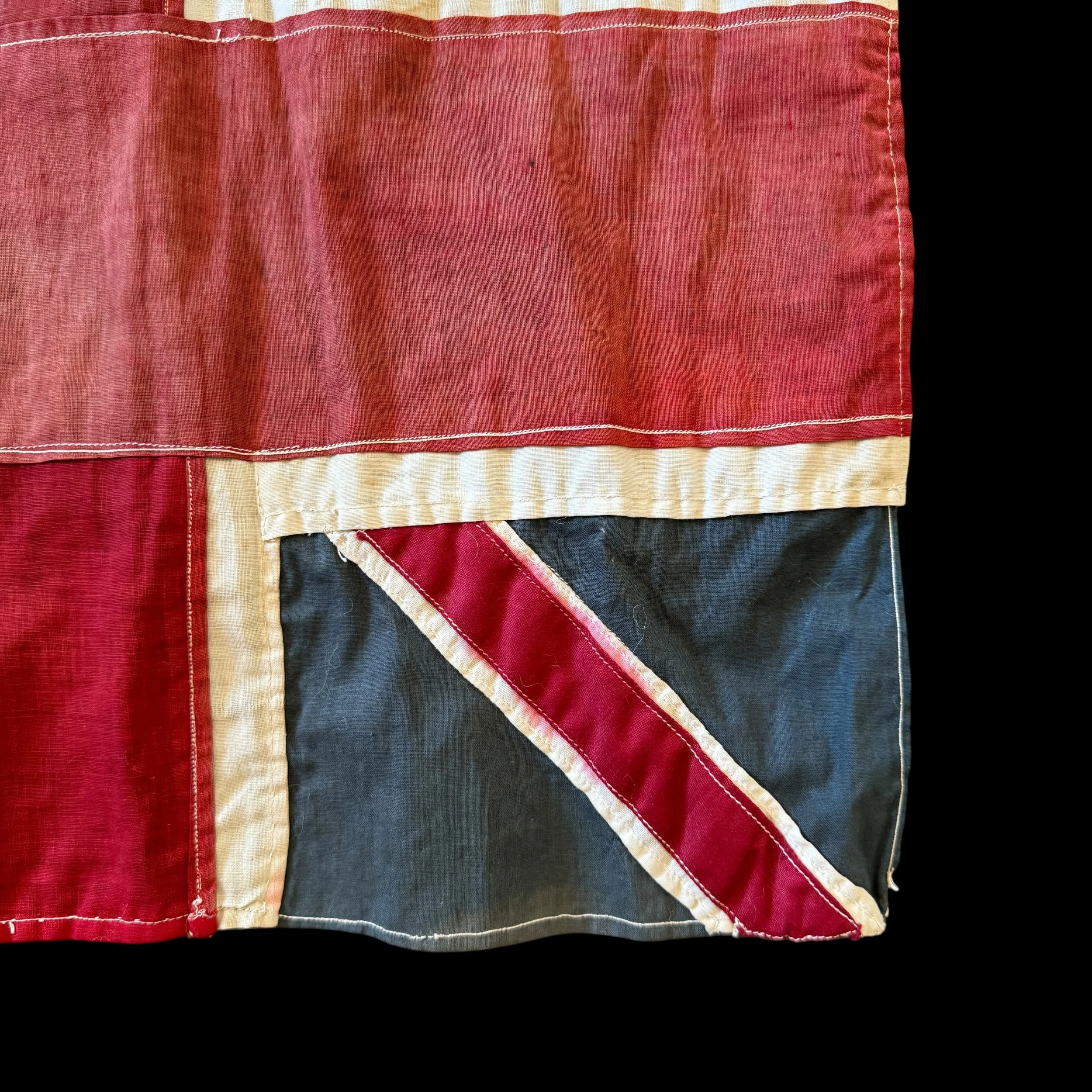
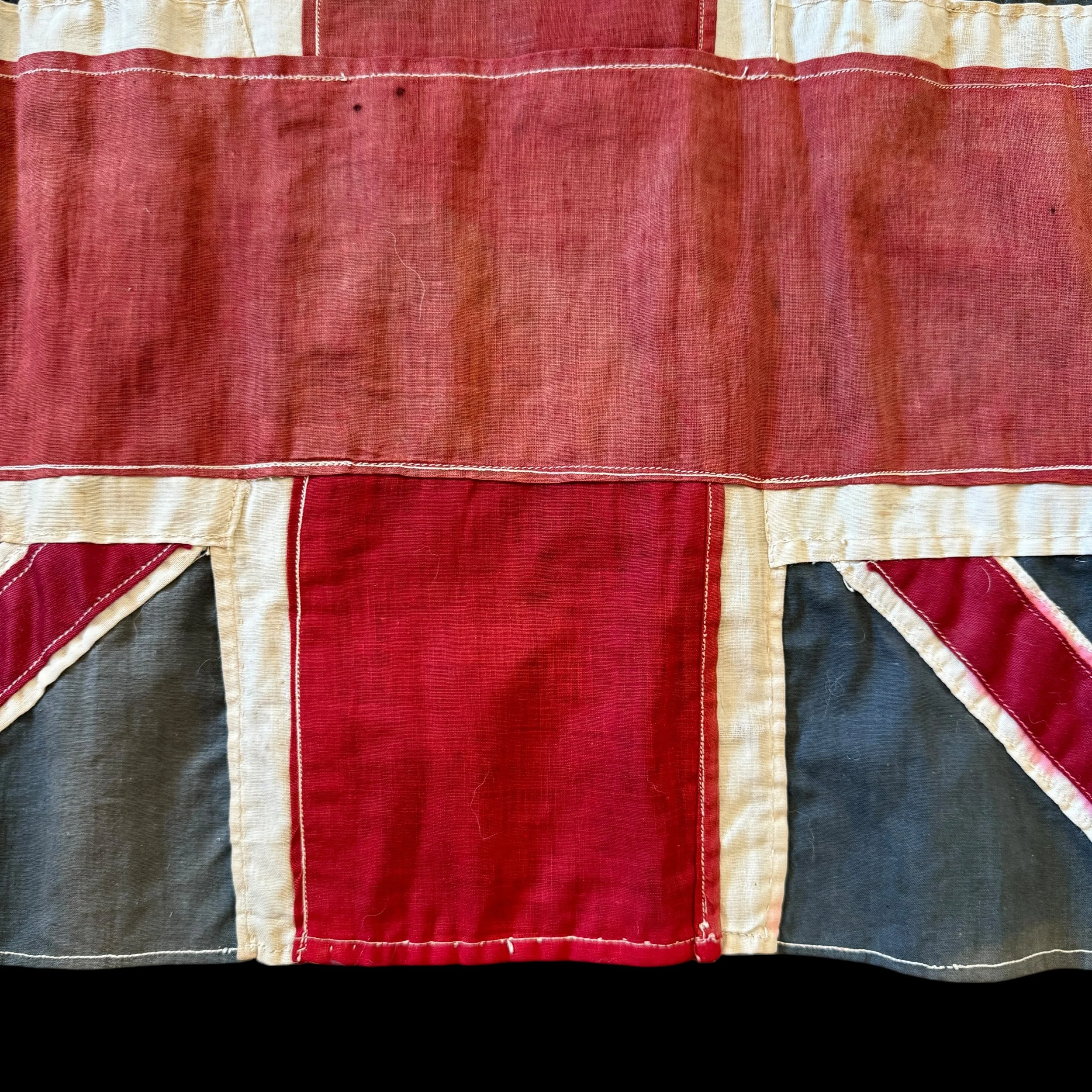
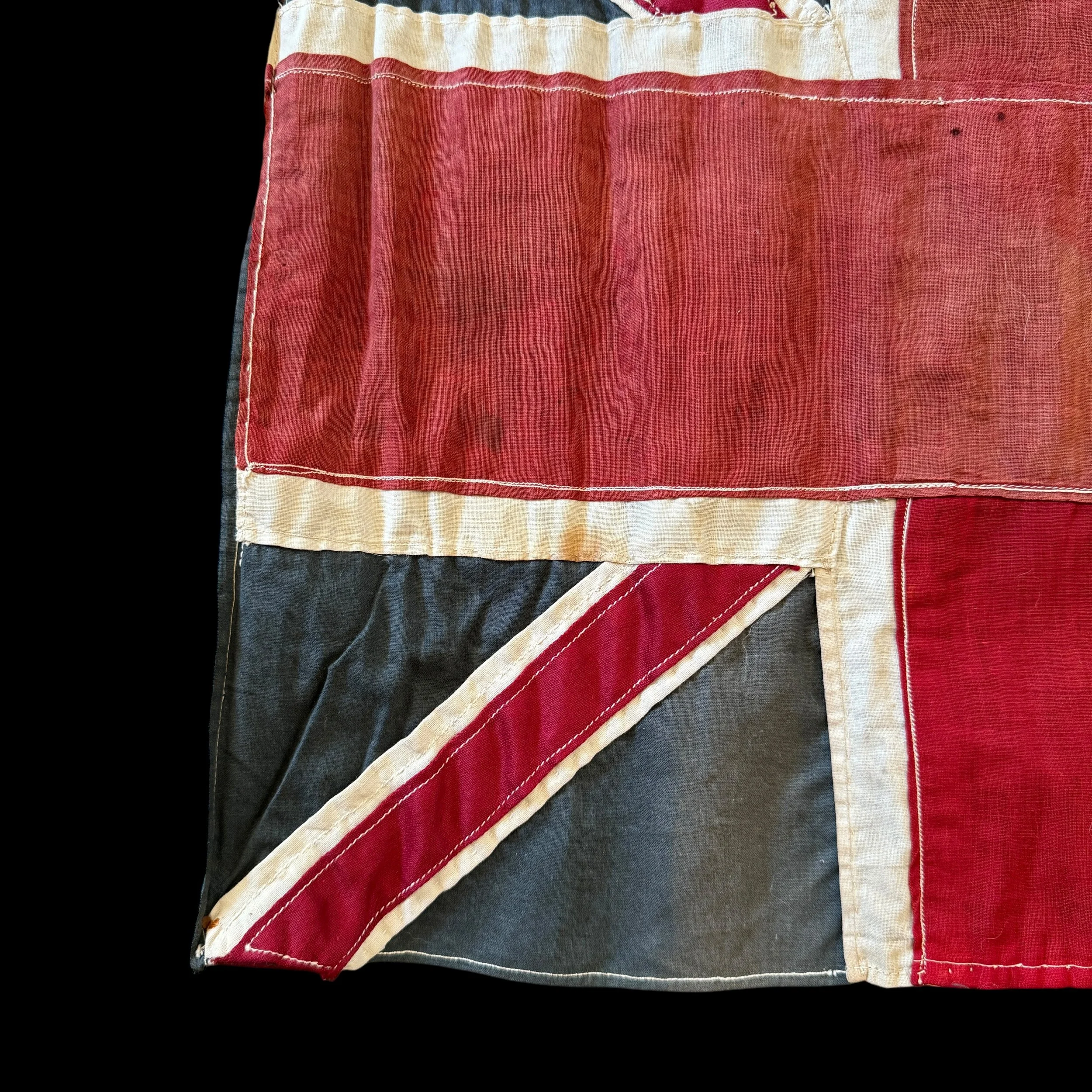
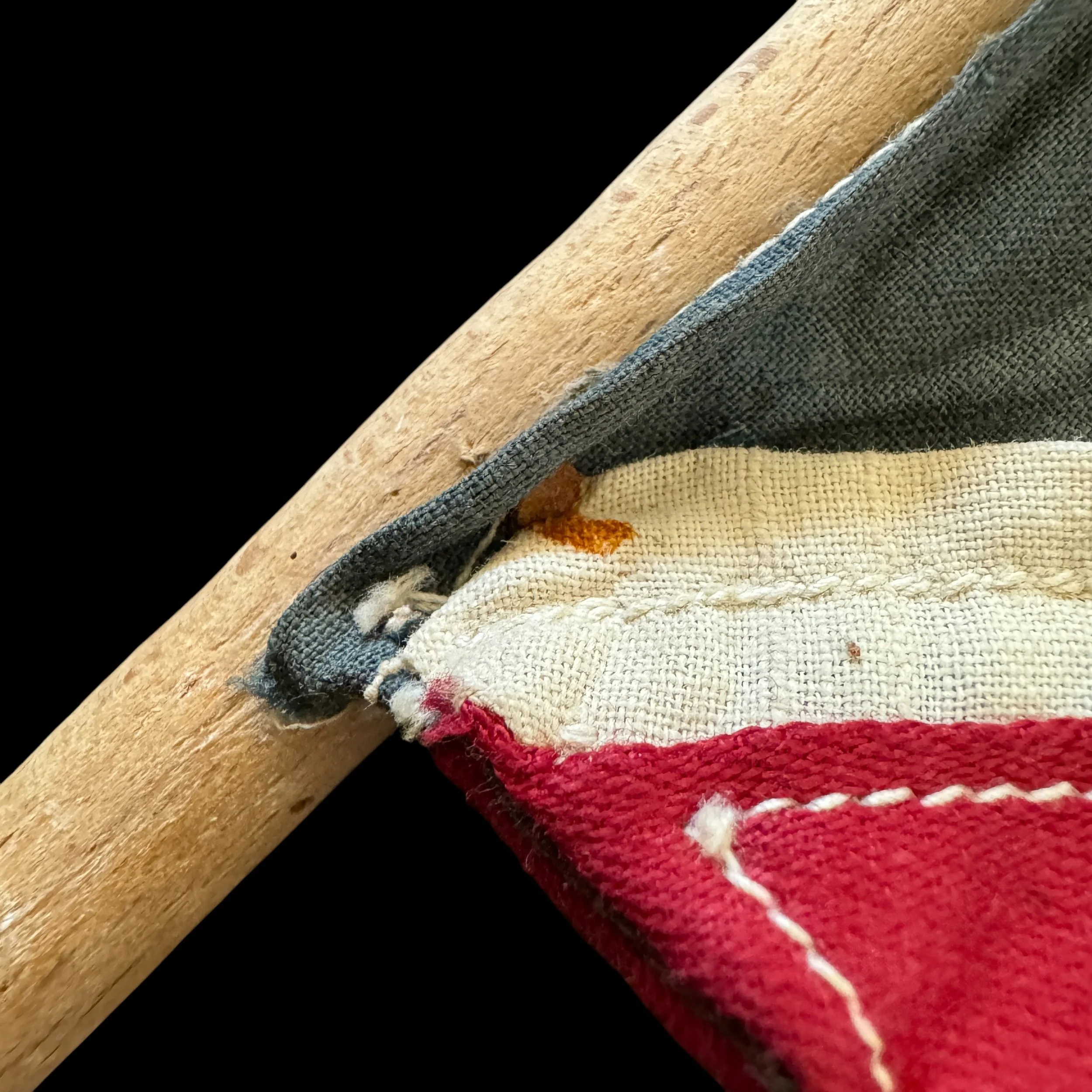

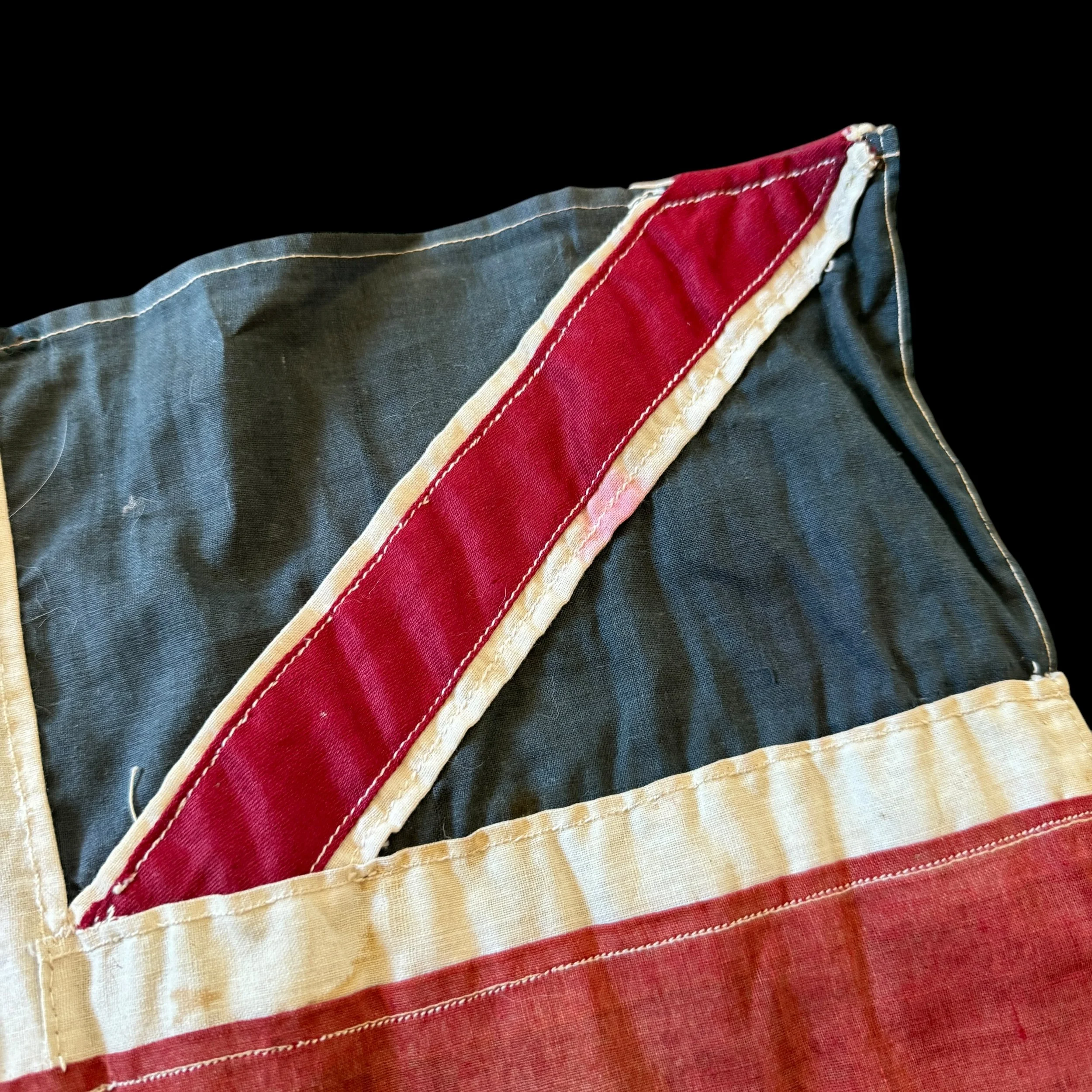
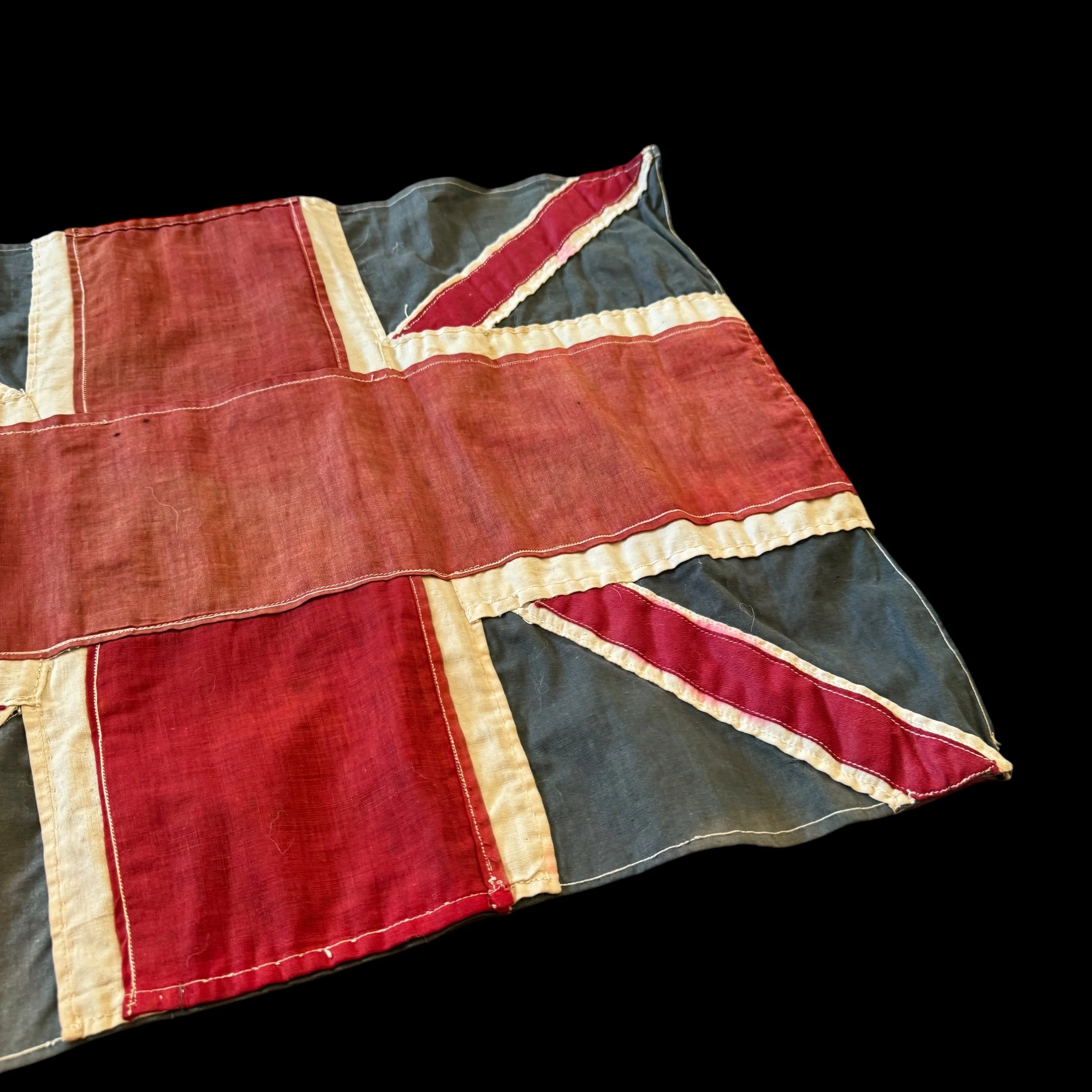
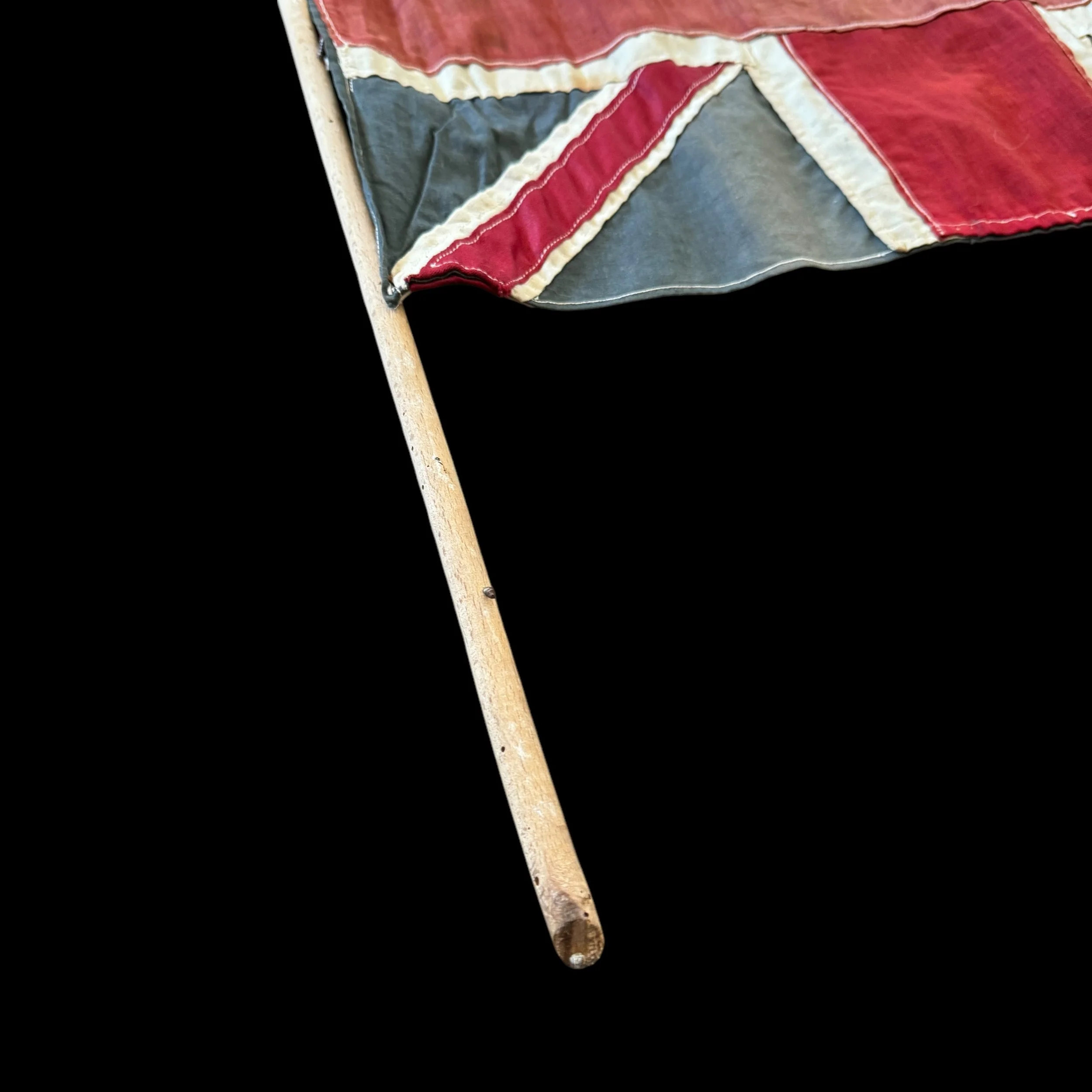
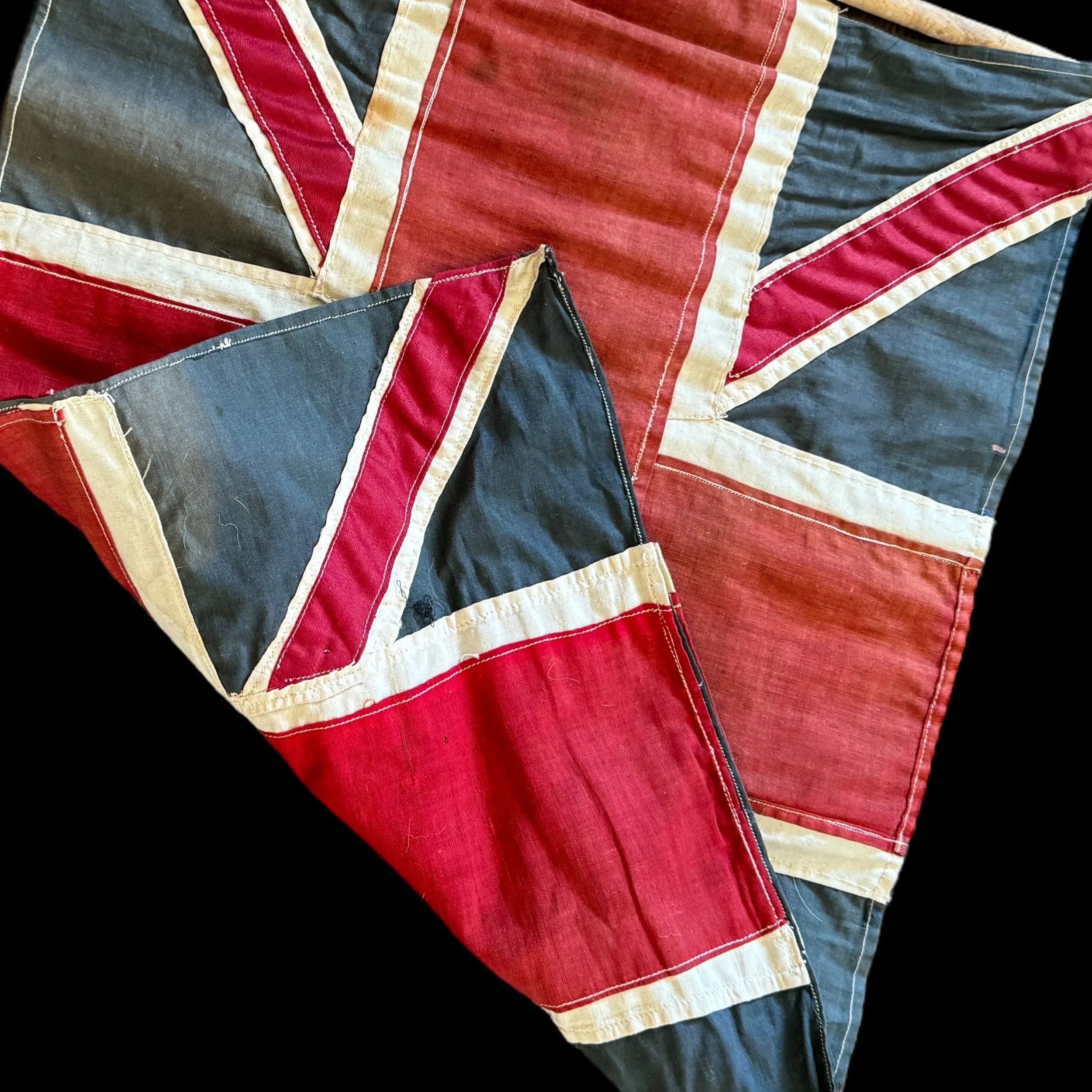
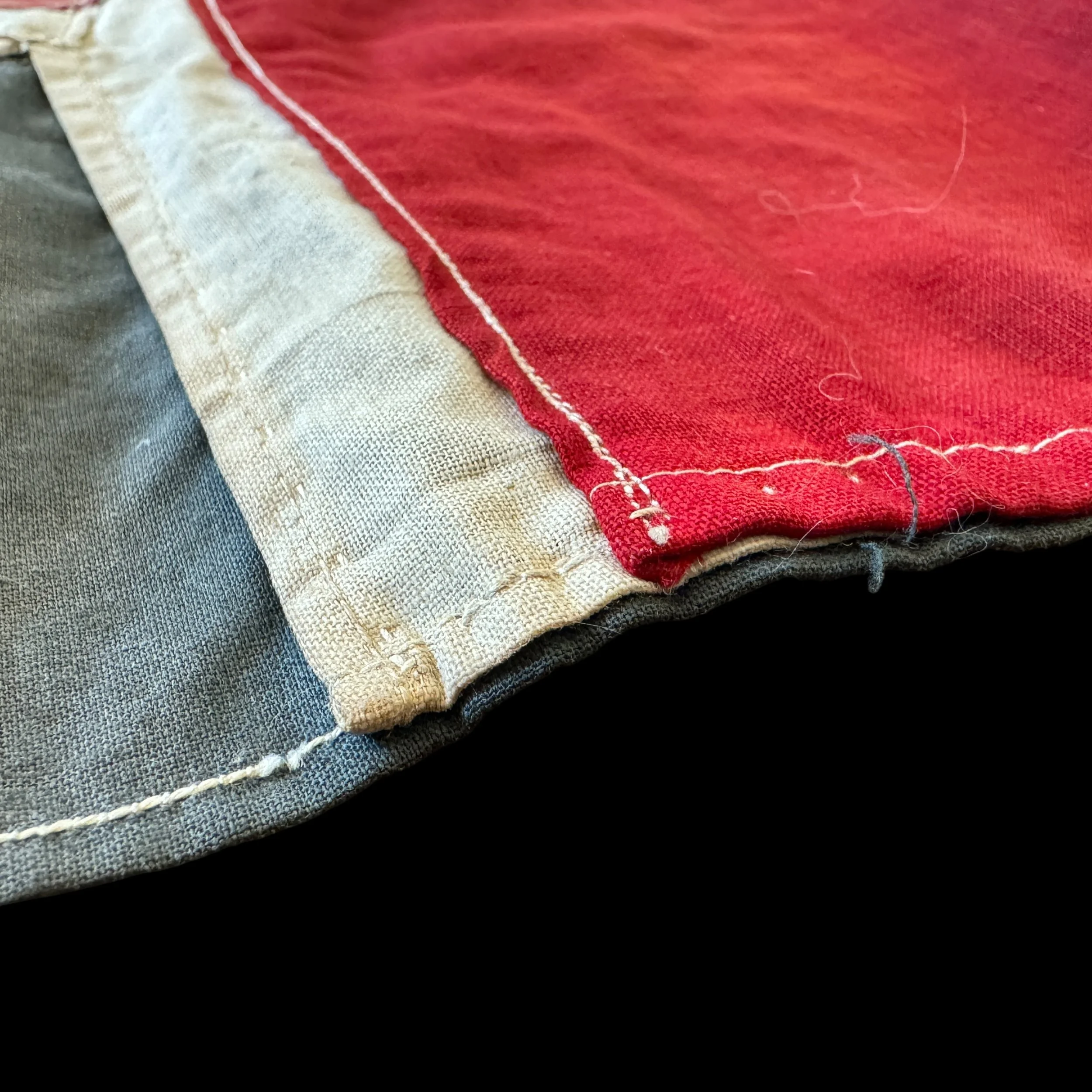
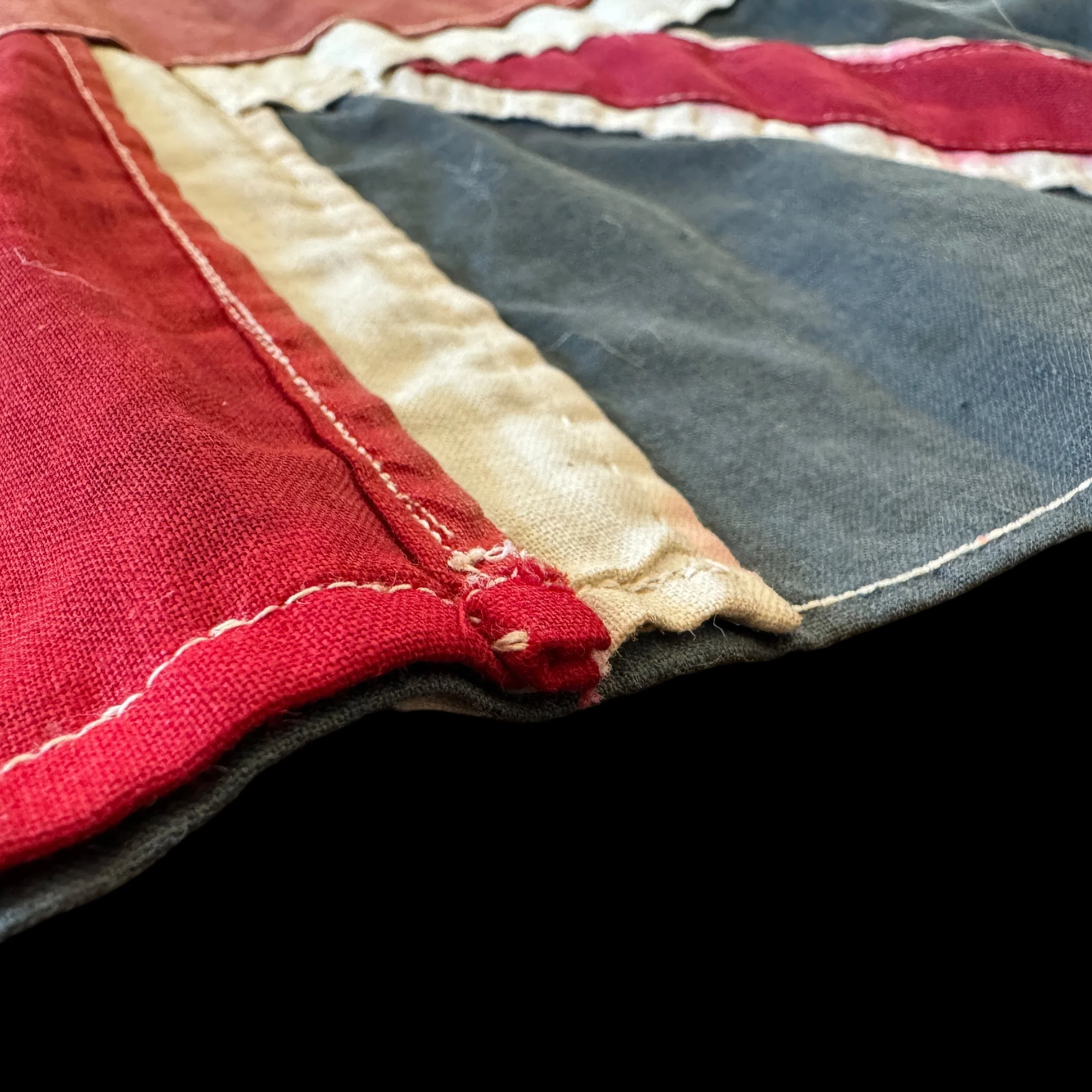
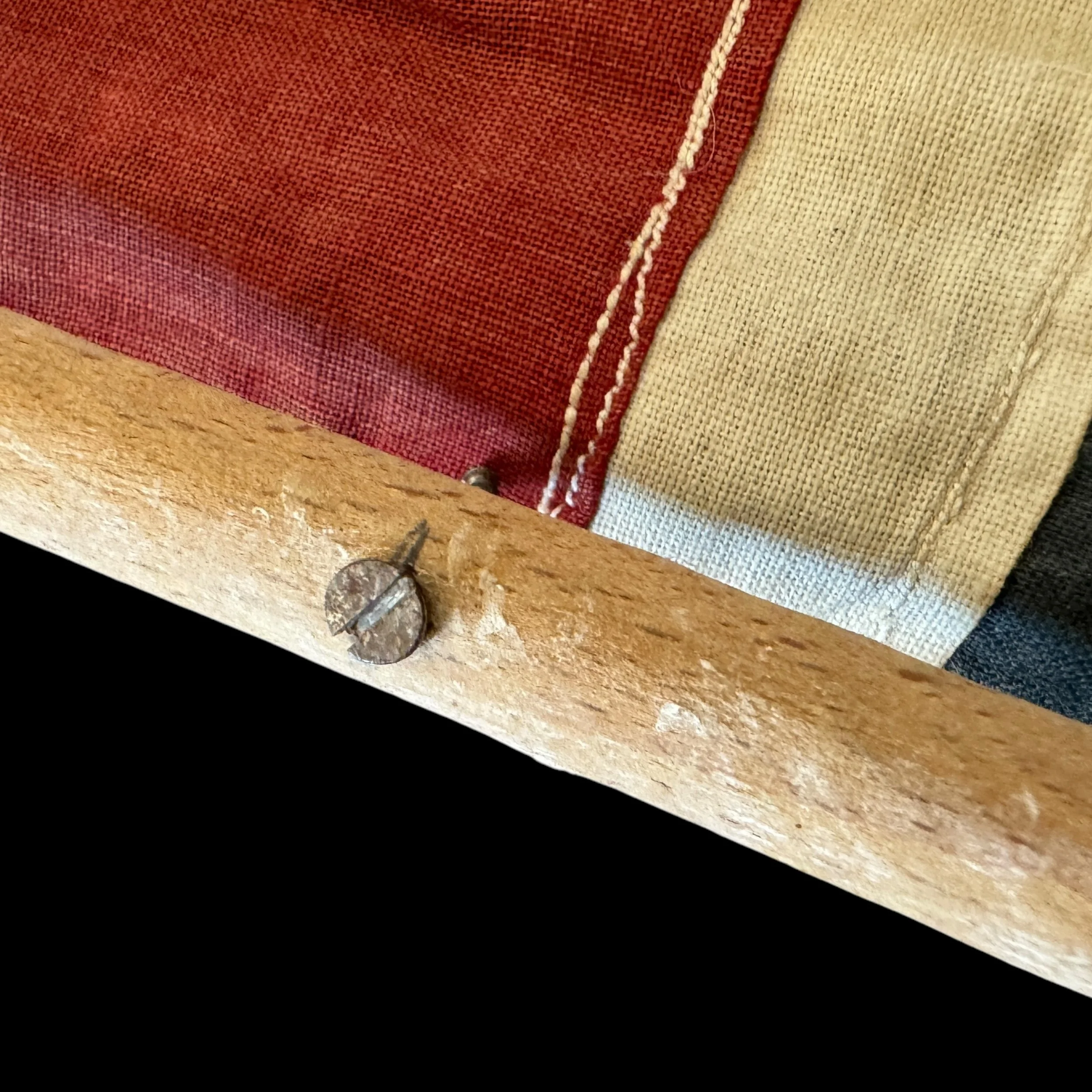
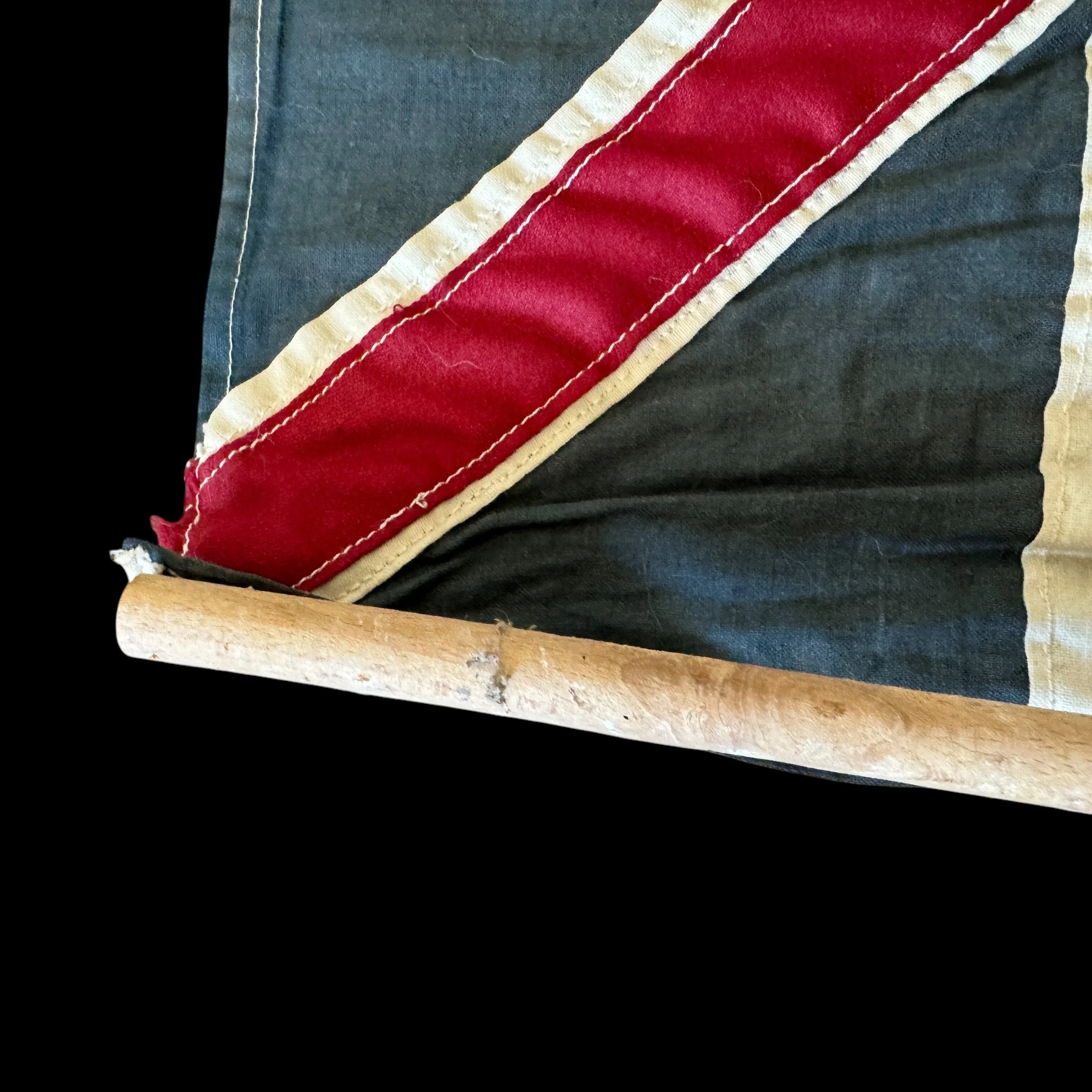
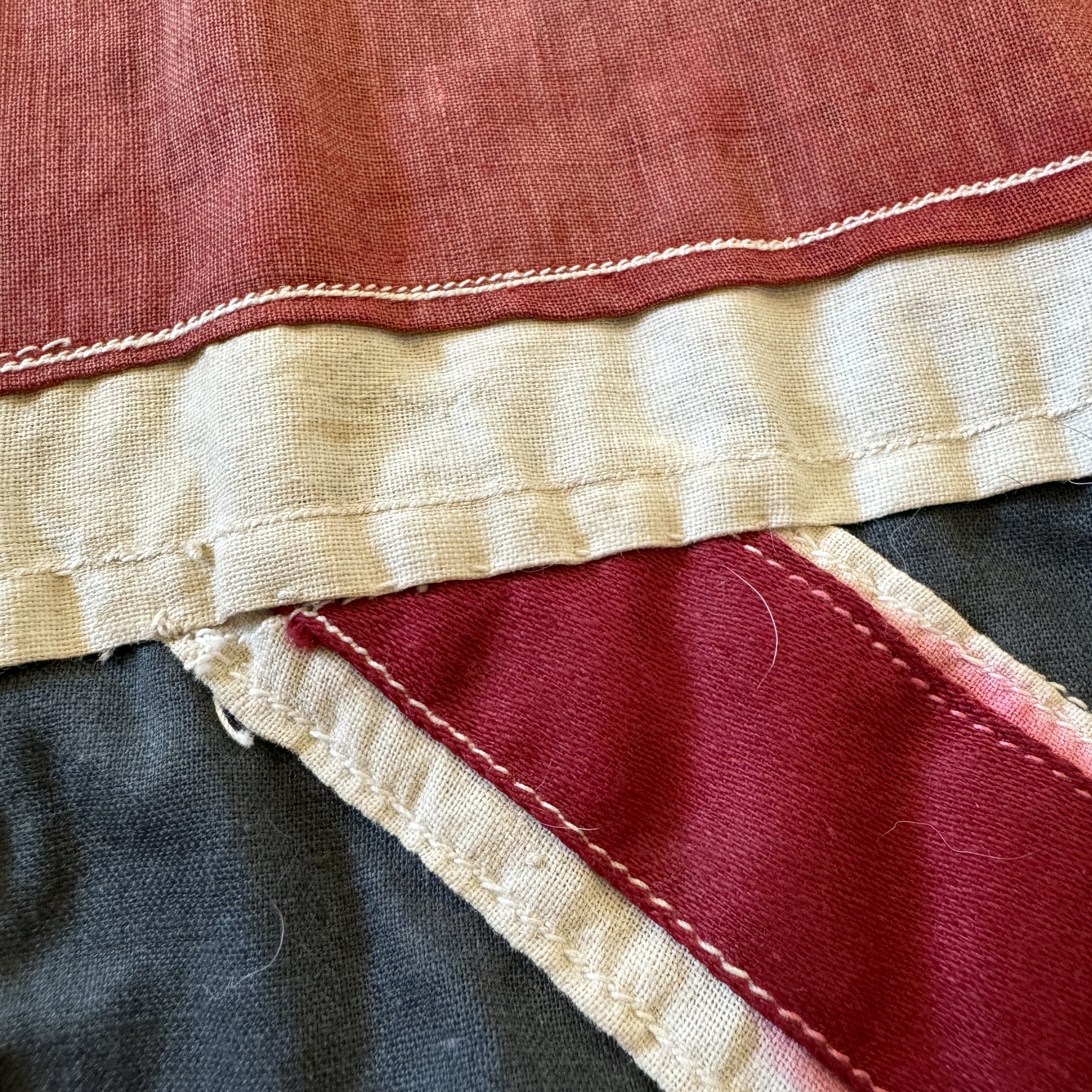
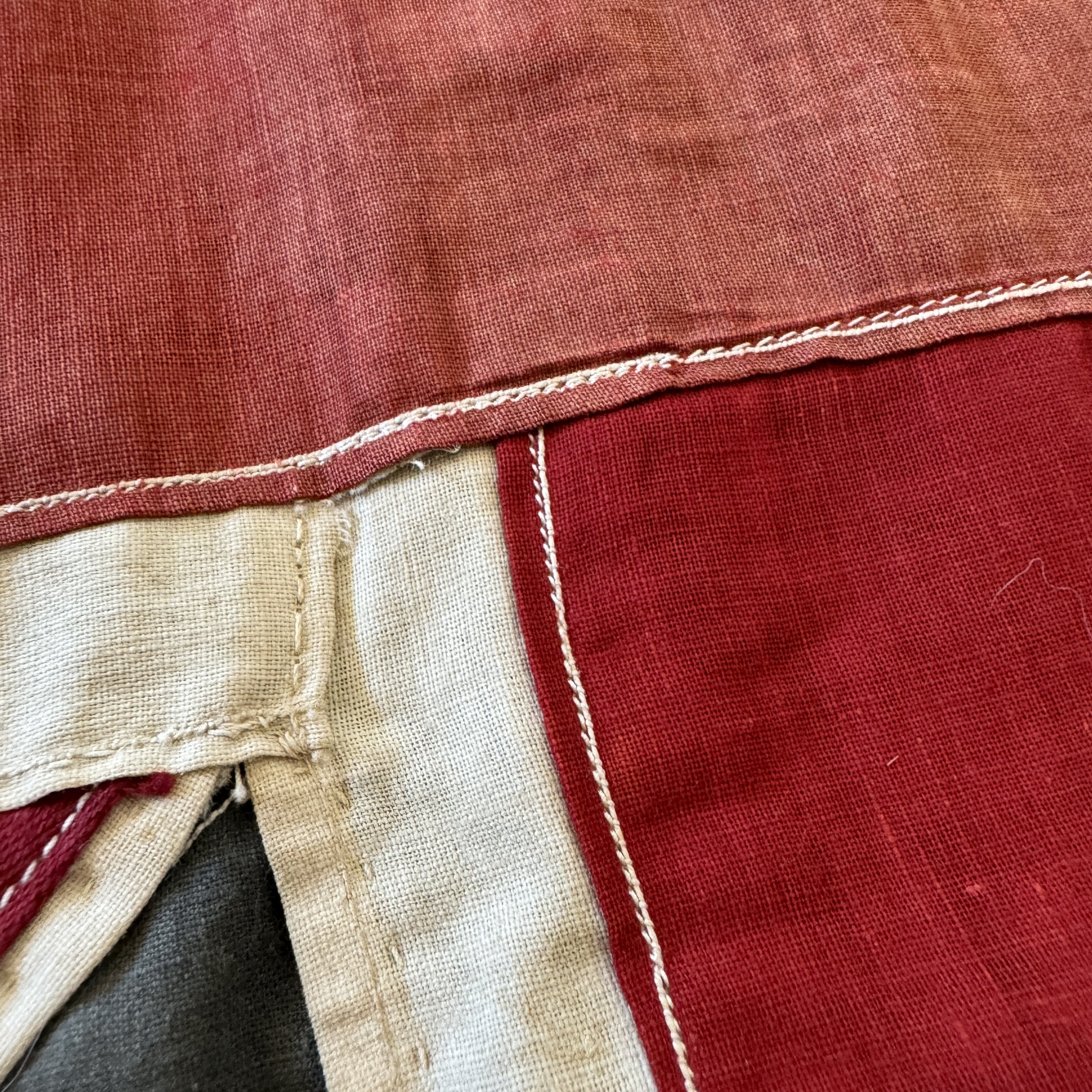
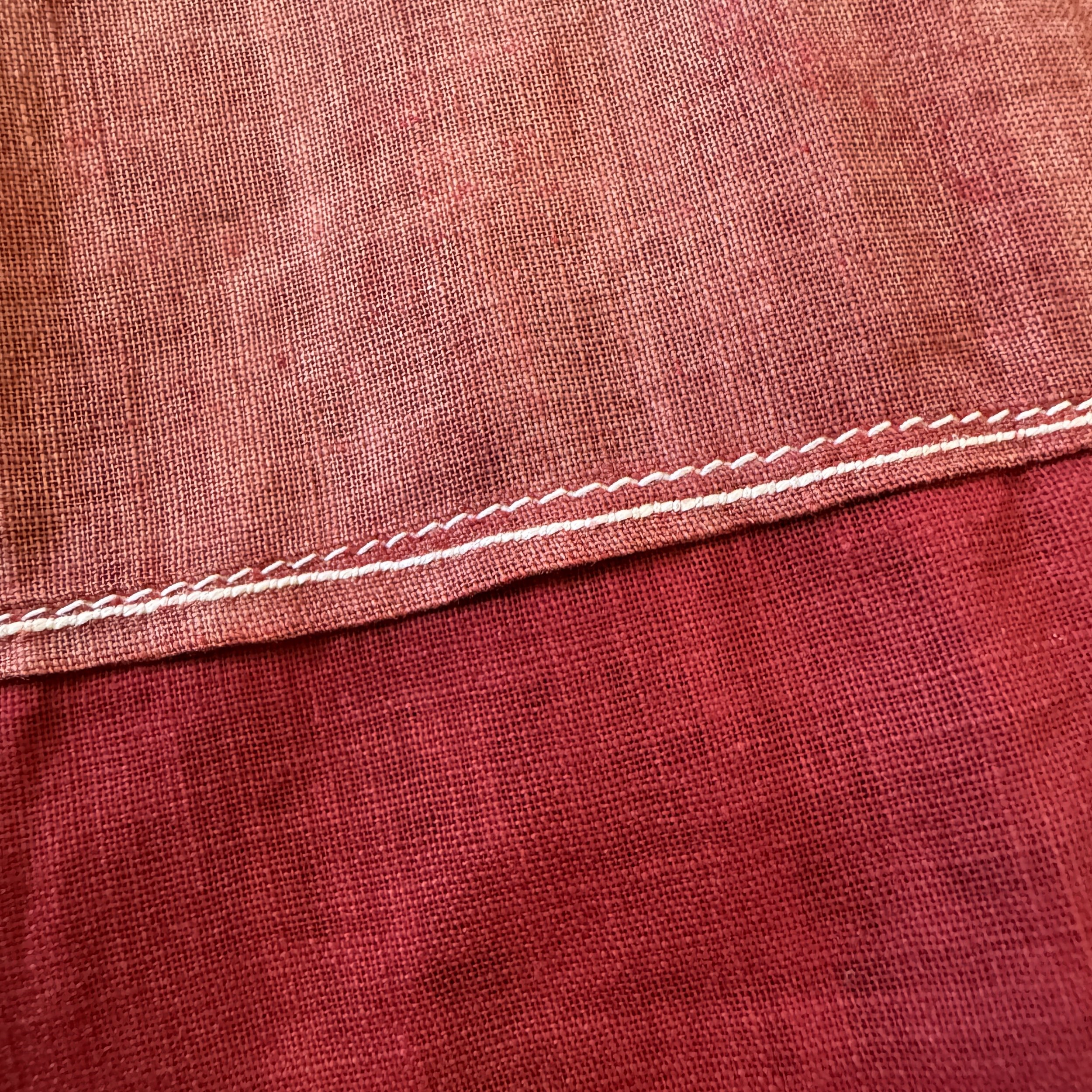
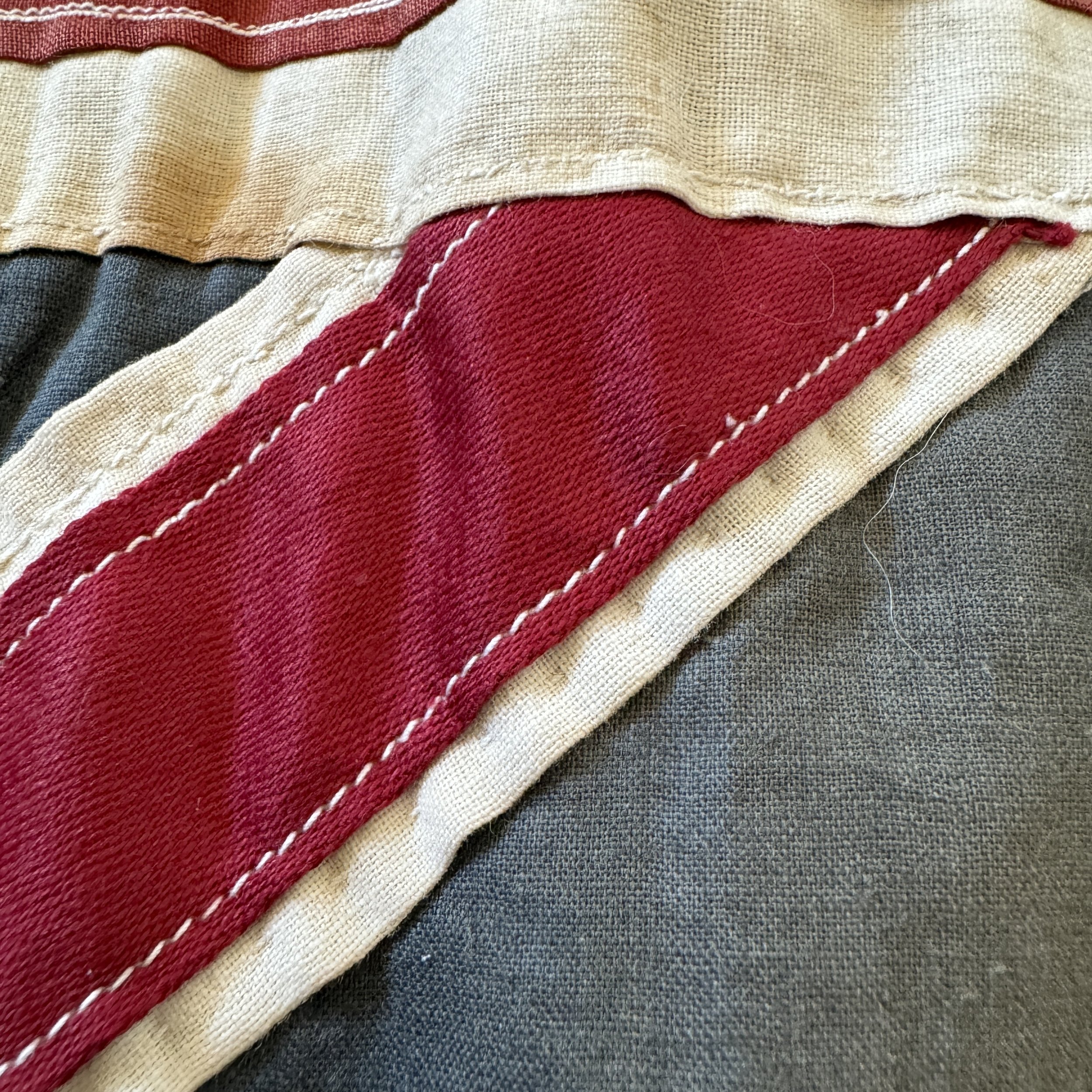
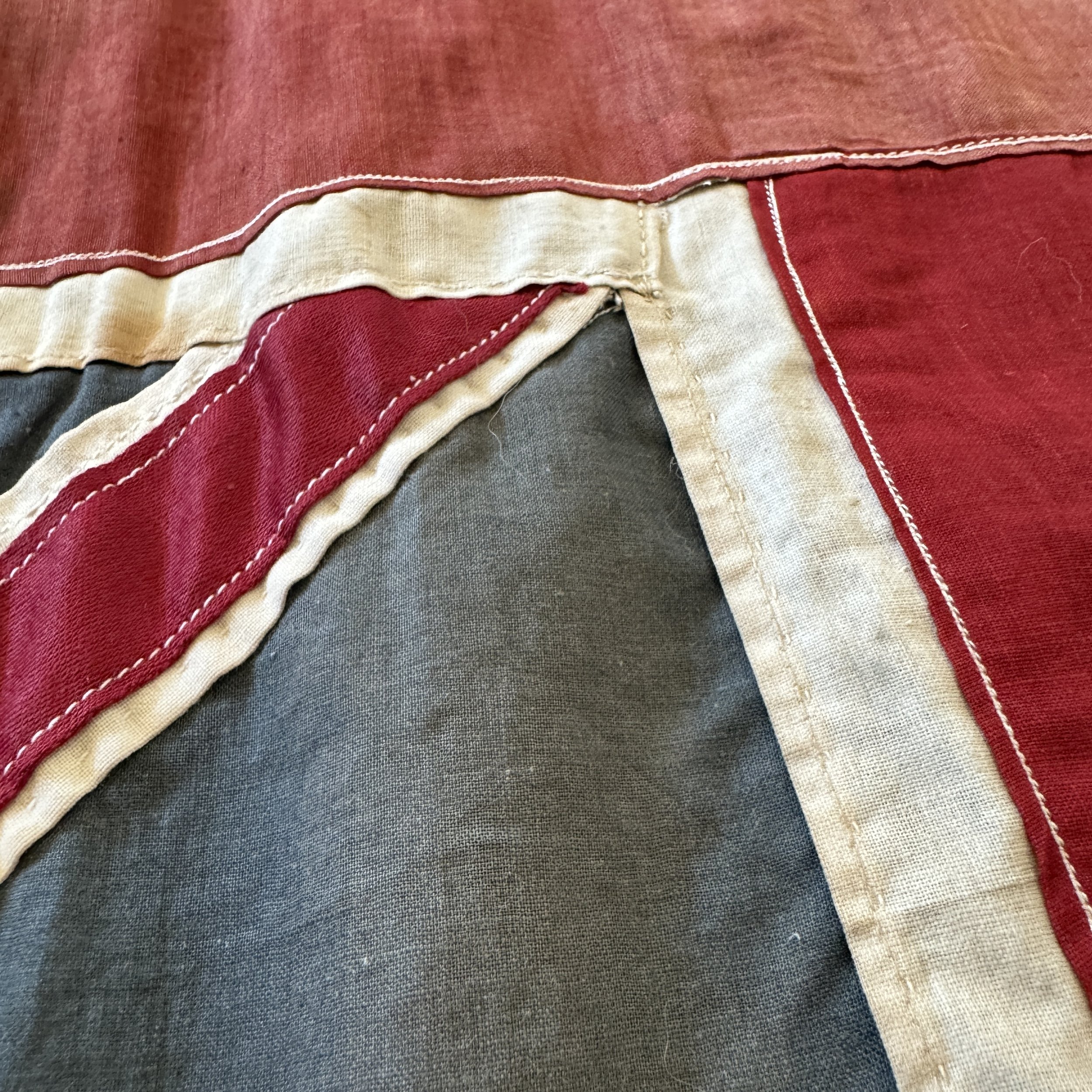
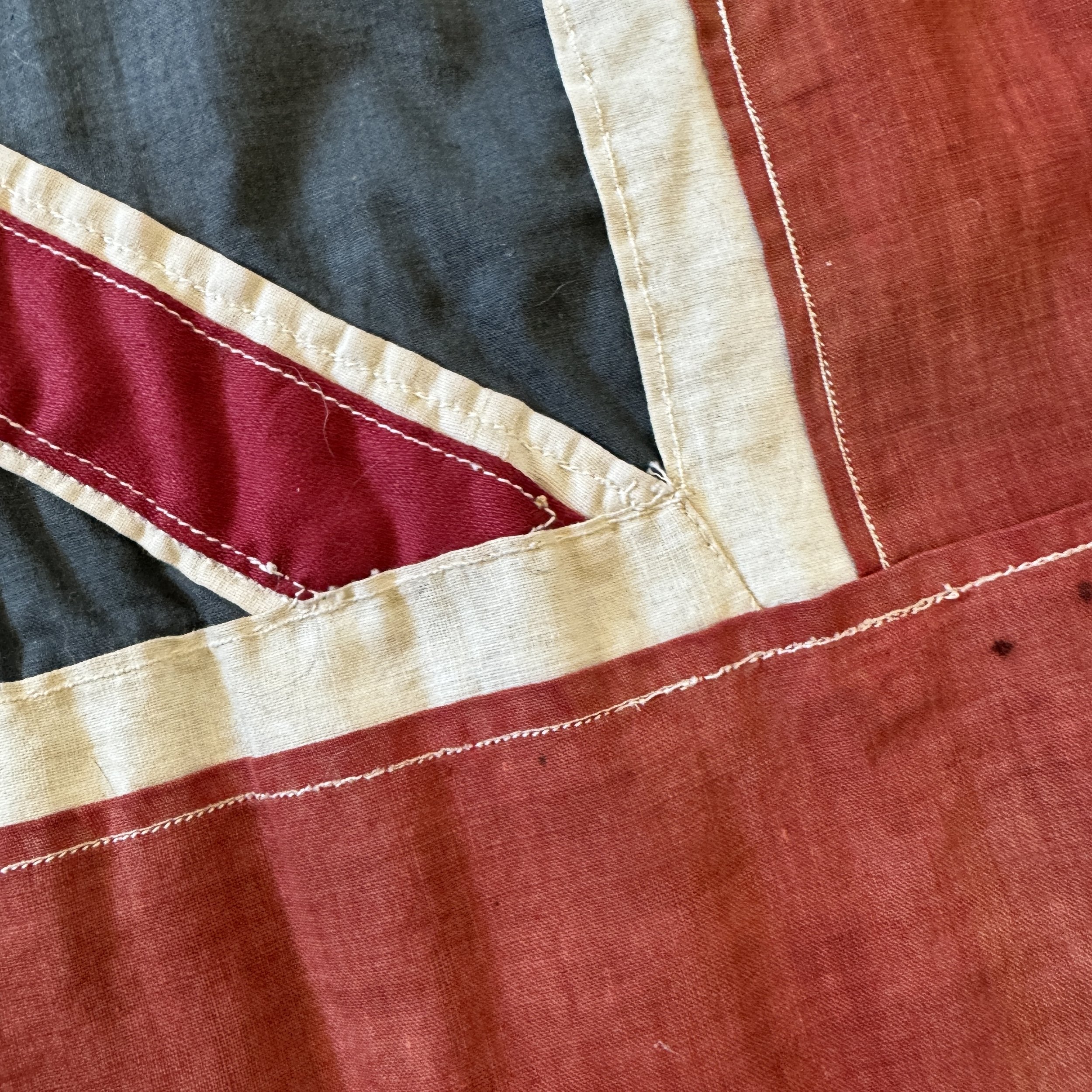

WWII August 1944 Operation Dragoon (D-Day Invasion of Southern France) Handmade British Liberation Flag
Comes with a hand-signed C.O.A.
*British involvement included elements of the Royal Navy, which provided extensive naval support during the amphibious landings on August 15, 1944, including minesweeping operations, shore bombardments, and convoy protection. Additionally, British airborne and special forces units—such as elements of the Special Air Service (SAS) and Special Operations Executive (SOE)—worked behind enemy lines to coordinate with French Resistance groups, disrupt German communications, and sabotage infrastructure ahead of the invasion. British engineers and logistics teams also played a key role in reopening and operating the ports of Toulon and Marseille, ensuring the swift flow of Allied supplies into Southern France. While no full British combat divisions landed during the initial assault, the strategic coordination, naval dominance, and covert operations executed by British forces were instrumental in paving the way for the rapid Allied advance northward.
From: World War II - European Theater
Campaign/Battle: Operation Dragoon—Allied D-Day Invasion of Southern France
Dated: August 1944
Flag Size: 15.5 × 20 inches
Pole Length: 24 inches
This once-in-a-lifetime, museum-grade World War II artifact is an original handmade British liberation flag crafted by French civilians in the days leading up to the liberation of Marseille during Operation Dragoon, the Allied D-Day invasion of Southern France, launched on August 15, 1944. This British liberation flag stands as a rare and powerful tribute to the United Kingdom’s critical yet often underrepresented role in the southern campaign. The flag was recovered directly from Marseille, which was liberated on August 21, 1944—just six days after the launch of Operation Dragoon (D-Day +6)—in a sweeping Allied victory that marked a pivotal moment in reclaiming Southern France from German occupation.
While American forces, particularly the U.S. Seventh Army under General Patch, spearheaded the initial landings along the French Riviera, the British played an indispensable strategic and logistical role. British naval forces provided essential support during the amphibious assaults, including minesweeping operations, naval bombardments, and escort missions that ensured the success of Allied landings along the coast. The Royal Navy’s Task Force 88, alongside the U.S. Navy, helped secure the waters off Toulon and Marseille, enabling a rapid buildup of men and matériel through the liberated ports. Furthermore, British liaison officers worked closely with Free French and American forces to coordinate joint advances, intelligence, and resistance collaboration throughout Provence.
The liberation of Marseille was particularly significant due to the city's status as France’s second-largest urban center and its deep-water port, which would soon become one of the most important logistical hubs for the Allied war effort in Europe. The assault on Marseille was spearheaded by French forces under General Jean de Lattre de Tassigny, including the French 3rd Algerian Infantry Division and Colonial troops, who approached the city from the north and west. They faced intense resistance from German defenders who had fortified key sectors of the city, transforming buildings into strongholds and booby-trapping critical infrastructure.
In the days that followed, fierce urban warfare consumed the city. Combat was waged street by street and building by building, with French troops supported indirectly by British and American coordination and naval presence off the coast. Despite German efforts to destroy port facilities and delay the Allied advance, by August 21 the last pockets of resistance had surrendered or been neutralized. That evening, Marseille was declared fully liberated.
The city erupted in celebration. Bells that had been silent since 1940 rang across the skyline. British, American, and Free French flags flew from balconies and rooftops in a spontaneous outpouring of gratitude and joy. Tens of thousands of citizens surged into the streets, cheering, singing, and embracing the Allied liberators. Among the flags raised that day were liberation flags like this one—handmade in secrecy by civilians who had risked their lives to prepare for the moment they dared only hope would come.
These flags were crafted from salvaged materials—scraps of clothing, tablecloths, and curtains—stitched together with care and purpose, despite the danger posed by German patrols and informants. The creation or possession of Allied flags during the occupation was a crime punishable by death. Yet many civilians pressed on, creating these symbols of resistance in defiance of tyranny.
This particular British liberation flag is extraordinarily rare not only for its subject—a British flag handmade in occupied France—but also for its remarkable state of preservation. Still affixed to its original wooden pole using small nails hammered through the fabric, the flag retains its complete improvised form. It was machine-stitched using various reclaimed fabrics in red, white, and blue, each bearing the unique texture of repurposed domestic materials. Every seam, every stitch, speaks to the resilience of those who made it—French civilians who chose to honor their British allies even before liberation arrived.
This flag is far more than a wartime relic. It is a living testament to Anglo-French unity, civilian bravery, and the shared sacrifice that defined Operation Dragoon. Raised in hope, preserved in pride, and now presented as a tangible link to a forgotten chapter of D-Day history, this flag stands as a symbol of the courage, collaboration, and enduring spirit that brought light to occupied France.
Operation Dragoon: The Overlooked Invasion That Liberated Southern France and Sealed Germany’s Fate
Operation Dragoon, the Allied invasion of Southern France, launched on August 15, 1944, was a crucial but often overshadowed component of the broader liberation of France during World War II. While Operation Overlord—the Normandy landings on June 6, 1944—is widely regarded as the pivotal turning point on the Western Front, Operation Dragoon played an equally vital role in accelerating the collapse of German forces in France by opening a second front, cutting off German retreat routes, and enabling a rapid Allied advance toward Germany’s southern border. The operation showcased a remarkable coordination of American, British, Free French, and other Allied forces in one of the most logistically challenging and strategically significant campaigns of the war.
Initially proposed in early Allied planning under the codename “Anvil,” the southern invasion was intended to coincide with Operation Overlord in the north. However, due to a lack of landing craft and the need to focus logistical resources on Normandy, Operation Anvil was postponed. By mid-1944, with the Normandy beachhead secure and Paris on the verge of liberation, the Allies revisited the plan and renamed it Operation Dragoon. The objective was to land forces along the French Riviera, seize key ports like Toulon and Marseille, and drive northward to link up with forces from Normandy, thereby squeezing the German armies into a rapidly shrinking corridor between the Loire and the Rhône Rivers.
The success of Operation Dragoon would not only liberate the south of France but also secure vital ports to support Allied logistics for the remainder of the European campaign. It also forced the German Army Group G to abandon much of France and retreat in disarray, thus achieving one of the key aims of the Normandy landings—splitting and exhausting German forces.
Operation Dragoon was led by the U.S. Seventh Army under Lieutenant General Alexander Patch and incorporated units from the French First Army under General Jean de Lattre de Tassigny. The invasion was spearheaded by three major U.S. divisions: the 3rd Infantry Division, the 36th Infantry Division (Texas Division), and the 45th Infantry Division (Thunderbird Division), many of whom had already fought in Italy and Sicily. These divisions were seasoned and battle-hardened, giving the Allies a highly capable strike force.
Naval support came from a powerful Anglo-American fleet under Admiral Henry Hewitt, while air support was provided by the Mediterranean Allied Air Forces. Airborne troops from the U.S. 1st Airborne Task Force, including elements of the 517th Parachute Infantry Regiment, conducted daring drops inland to disrupt German communications and seize key positions.
In the early morning hours of August 15, 1944, Allied warships unleashed a massive naval bombardment on German coastal defenses, while aircraft bombed enemy strongpoints and transport routes. U.S. infantry divisions stormed ashore at several key beaches along the French Riviera, including Cavalaire-sur-Mer, Saint-Tropez, and Saint-Raphaël. Despite initial concerns, the landings were remarkably successful. German resistance was limited due to a combination of surprise, the weakened state of German forces after months of attrition in Italy and Normandy, and the effective disruption caused by airborne landings inland.
One of the most notable engagements in the initial phase of the campaign was the fight for the port of Toulon. French forces, many of them veterans of colonial campaigns in North Africa, fought intense urban battles to liberate the heavily fortified port. By August 27, Toulon was in Allied hands, and just days later, the port of Marseille fell after a rapid and daring advance. The speed and effectiveness of the French forces in retaking these vital ports was one of the great successes of the campaign. Within weeks, both cities were operational and began receiving tons of supplies critical for sustaining the Allied push into eastern France and Germany.
Following the beachhead’s establishment, U.S. and French forces launched a swift and aggressive pursuit of the retreating German Army Group G through the Rhône Valley. German troops, under the command of General Johannes Blaskowitz, attempted a fighting withdrawal but suffered heavy losses due to Allied air superiority, resistance attacks on their columns, and the difficult terrain.
American units, including the 3rd and 36th Infantry Divisions, pursued the Germans up the Rhône, liberating key cities such as Grenoble and Lyon by early September. Along the way, American forces encountered stiff pockets of resistance, particularly from German rear guards and SS units intent on delaying the Allied advance. The terrain—narrow river valleys, mountain passes, and urban chokepoints—made for brutal, close-quarters combat.
One famous engagement was the battle at Montélimar between August 21 and 27, 1944, where elements of the U.S. 36th Infantry Division attempted to cut off the German retreat. The battle saw bitter fighting as German forces fought desperately to escape encirclement, eventually managing to withdraw northward but leaving behind significant casualties and equipment.
By mid-September, Operation Dragoon had achieved its primary goals. The French Mediterranean ports were secured and operational, and the German Army Group G had been forced into a costly and chaotic retreat. The Allies from the south linked up with units from the Normandy landings near Dijon, creating a continuous Allied front stretching from the English Channel to the Mediterranean.
This link-up completed the strategic encirclement that the Normandy landings had begun. German forces in France were now trapped between converging Allied armies, and their ability to reinforce or maneuver was fatally compromised. The success of Operation Dragoon meant that supplies and reinforcements could now flow through both northern and southern ports, accelerating the final phase of the war in Western Europe.
Although often overshadowed by Operation Overlord, Operation Dragoon was a resounding success. It liberated nearly all of Southern France in less than a month and inflicted heavy casualties on German forces, including the destruction of large portions of Army Group G. The operation also demonstrated the effectiveness of joint Allied operations involving multinational forces, from American infantry and airborne divisions to French colonial troops and British commandos.
Perhaps most importantly, Operation Dragoon showcased how opening multiple fronts can overwhelm even well-entrenched enemy positions. The German High Command, already stretched thin on the Eastern Front and in Italy, could not cope with simultaneous offensives in both northern and southern France.
Moreover, the campaign allowed for the re-emergence of French military strength. The swift and decisive actions of the French First Army under de Lattre not only contributed directly to the liberation of France but also restored French pride and influence in postwar Europe.
Operation Dragoon was a critical component of the Allied strategy to liberate France and defeat Germany. While Operation Overlord receives much of the historical spotlight, the southern invasion was indispensable to the broader campaign. The swift seizure of Marseille and Toulon, the destruction of German forces retreating through the Rhône Valley, and the link-up with Overlord forces collectively dealt a decisive blow to Hitler’s grip on Western Europe. Operation Dragoon stands as a testament to the coordination, adaptability, and sheer determination of Allied forces in one of the war’s most successful—yet often underappreciated—campaigns.